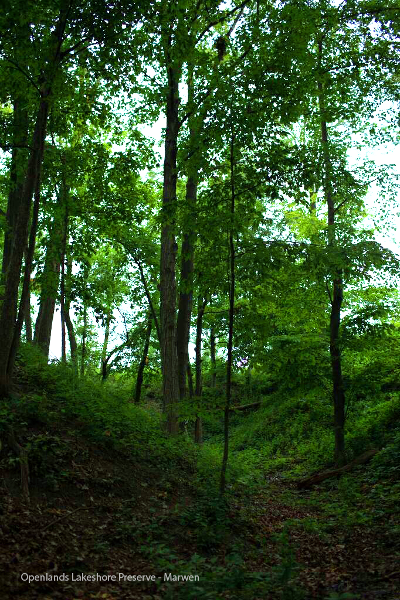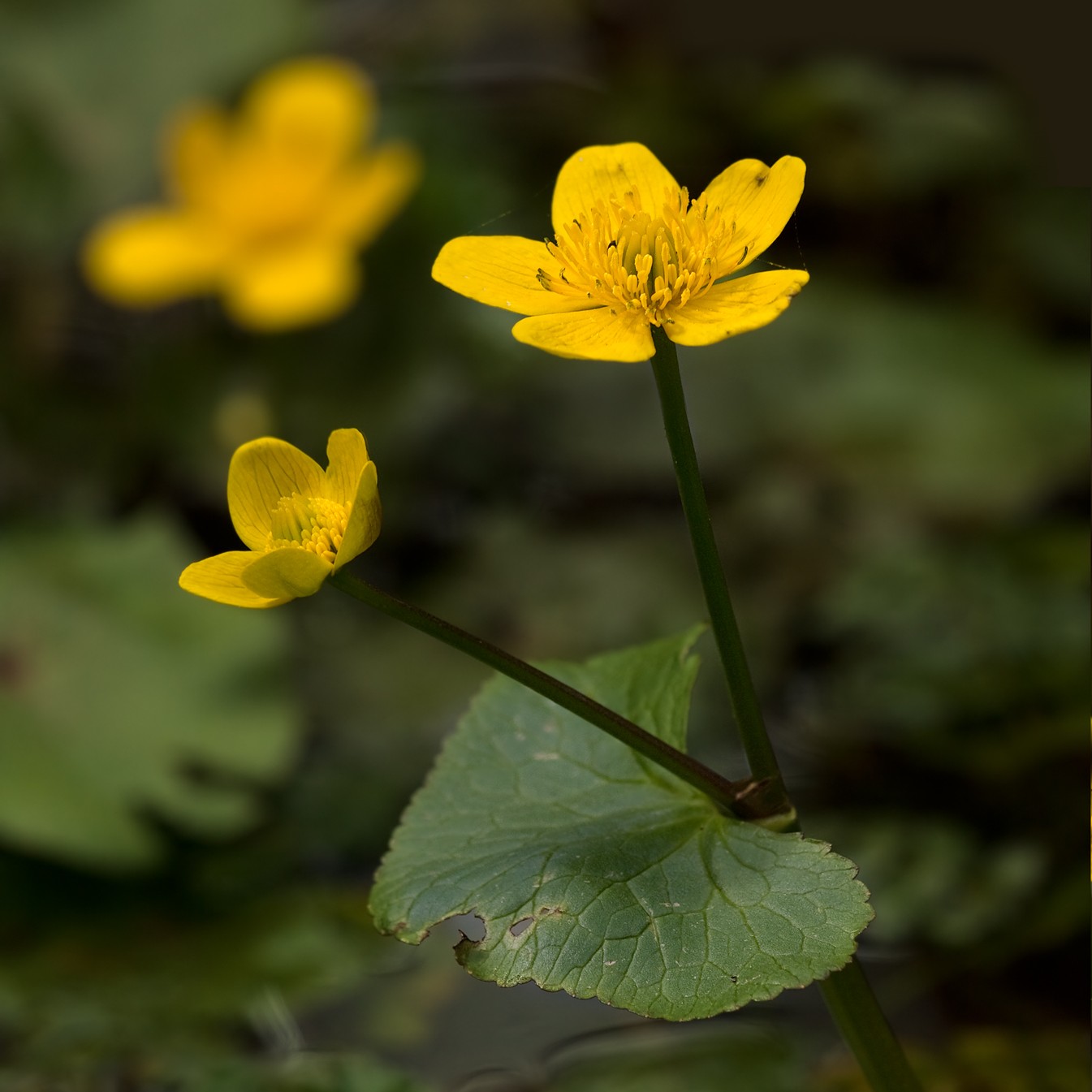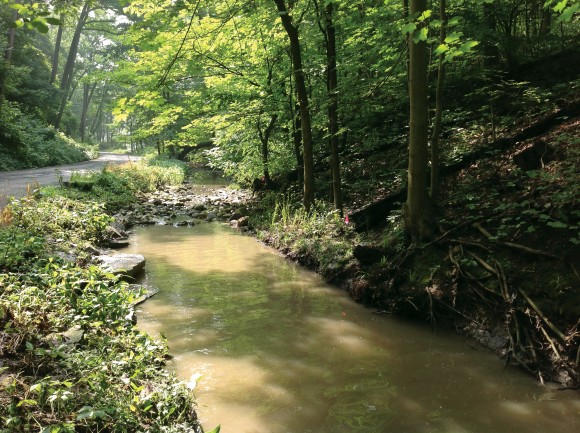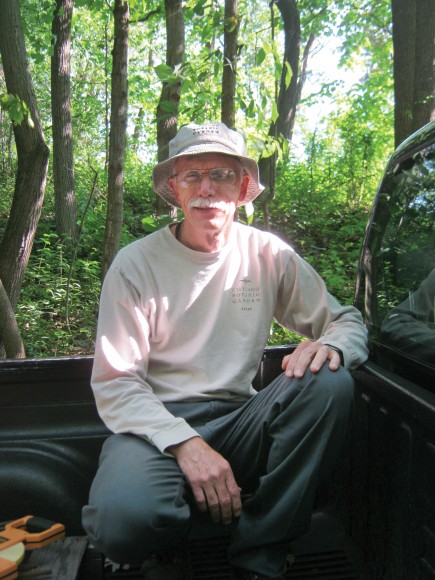The landscape of northern Illinois has some remarkable features, many of which are remnants of a glacial past. The Chicago Botanic Garden takes advantage of its islands and lakeshore, and the Alliance for the Great Lakes helps to explore and protect the area’s unique and beautiful ravines.
Help shape a healthy future for your local ravines—home to native trees, wildflowers, birds, and butterflies; pathways to Lake Michigan beaches, and scenic backdrops for parks and homes. Learn about erosion that may threaten some of these ravines, as well as such concerns as damage to sewer lines, roads, and bridges. Ask questions, hear from experts, and brainstorm with your neighbors at this workshop that is open to ravine homeowners, ravine experts, local officials, and everyone who cares about the ravines in our community.
Register now for Revitalizing Our Ravines, a community workshop at the Garden on Wednesday, June 1, from 12:30 to 7:30 p.m. Experts will speak about how you can help protect and restore ravines. Local landscape and ravine restoration service providers will show examples of ravine restoration and landscaping.
Complimentary snacks, refreshments, and an evening cocktail hour are included with registration for this event. Registration closes on May 30.
Hosted by the Alliance for the Great Lakes, the Chicago Botanic Garden, Openlands, and the Field Museum.
©2016 Chicago Botanic Garden and my.chicagobotanic.org




